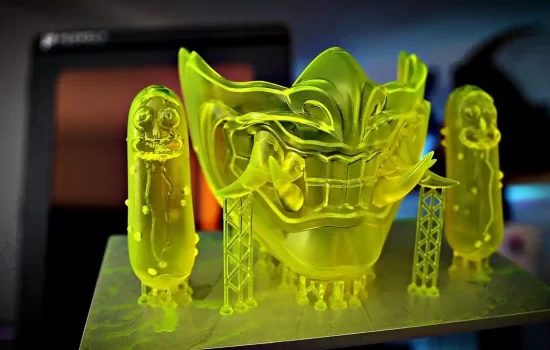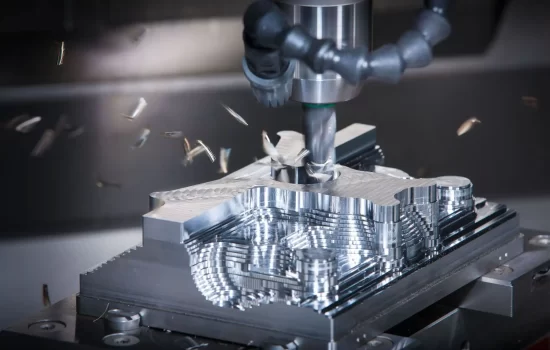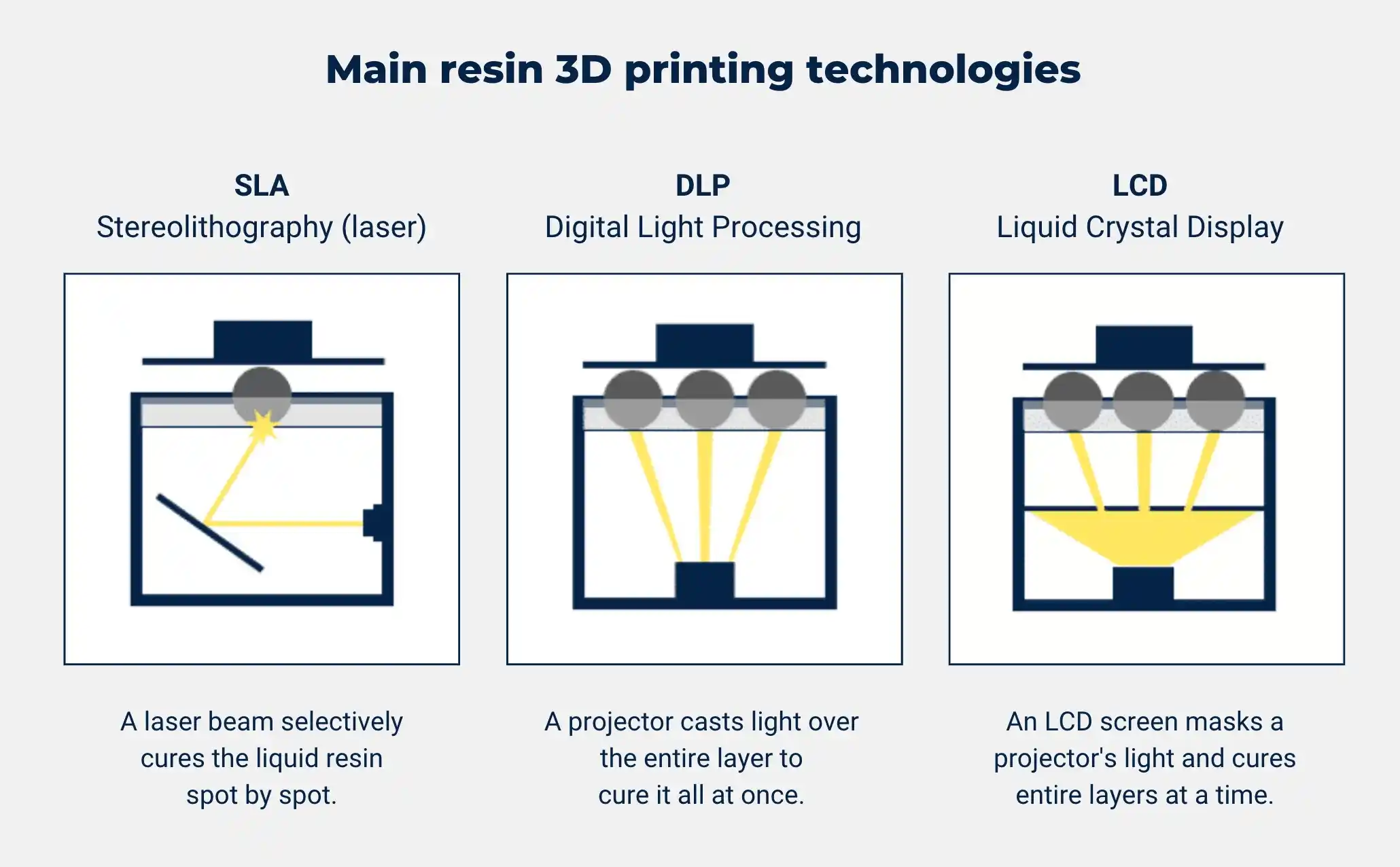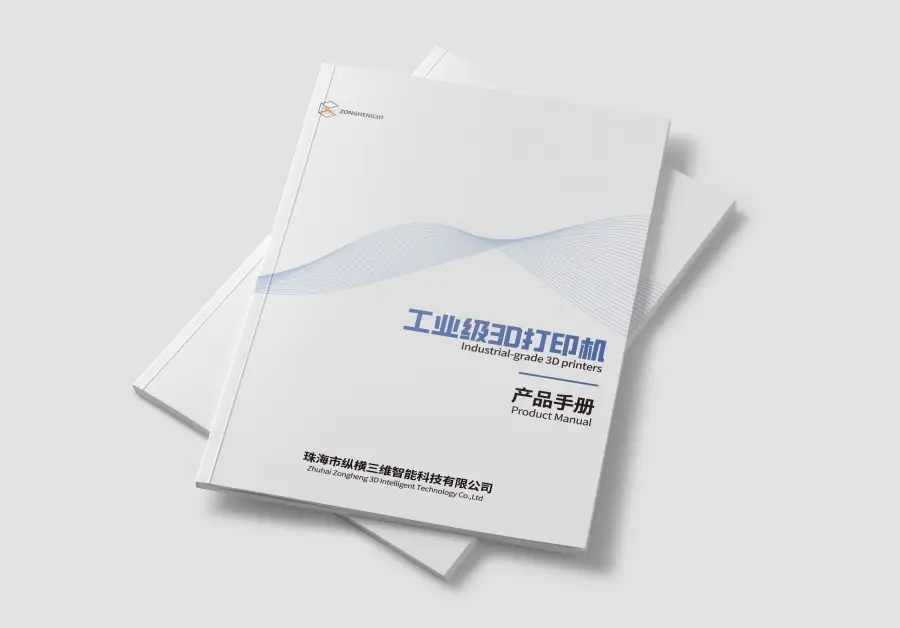Mold manufacturing is the foundation of all industries,China is one of the world’s major producers of injection molds and stamping molds, mainly used in the processing and molding of products such as automobiles, home appliances, consumer electronics, instruments, aerospace and medical devices. According to China Mold Industry Association, China’s mold industry stamping mold accounts for about 37%, plastic mold accounts for about 43%, casting mold (including die-casting mold) is about 10%, forging mold, tire mold, glass mold and other types of molds accounted for 10%, and the mold industry structure of industrially developed countries is basically the same.
Additive manufacturing-3D printing technology one of the significant advantages is in the case of no mold directly manufactured parts, with the development of 3D printing materials, additive manufacturing quality control level, 3D printing technology is from a small number of prototype products manufacturing, to the final parts of the batch manufacturing direction. If viewed from this perspective, 3D printing technology and mold manufacturing technology seem to contradict each other, 3D printing seems to make the manufacturing process to skip the mold as a part…


The opportunity between change and unchanged
So for the domestic mold manufacturing enterprises, how to rationally understand the threats, challenges and opportunities brought by 3D printing to the mold industry? How to make decisions in the “change” and “unchanged” to maximize the development opportunities? This requires from the “bottom” logic to understand the development of 3D printing logic and trends, as well as the impact of the impact on the mold in where?
From the perspective of manufacturing evolution, macro level, manufacturing will gradually evolve away from the intermediate redundancy and tedious assembly and splicing, perhaps the ultimate development of 3D printing will abolish the existence of many die-casting, forging molds, retaining some 3D printing is difficult to achieve the manufacture of very large parts or very large parts, those who must be processed through traditional methods to have the economic benefits of the parts required for the mold will The molds that are needed for parts that must be processed economically through traditional methods will be preserved. On the other hand, injection molds related to electronics, white goods and daily necessities will be retained. This is the logic that supports the penetration of 3D printing into all aspects of manufacturing.
However, on the other hand, 3D printing makes the mold more important, for example, Michelin, a company so focused on doing so many years of tires, why the acquisition of [ADDUP] this 3D printing equipment companies, Michelin through their own possession of 3D printing technology to explore the manufacture of tire molds, the logic of which is mainly because of the ability of 3D printing to achieve complex shapes, metal 3D Printing is a good solution to the problem of tool interference, when complexity and manufacturability is no longer the biggest factor plaguing tire mold manufacturing, 3D printing is a good way to release the ease of tire product design iteration, but also gave birth to a new type of tire manufacturing capabilities.
For example, through 3D printing technology, Michelin designed a unique sculpture series of tires, and 3D printing became one of the decisive factors for Michelin tires to achieve competition.


However, it is worth noting that Michelin also reverse layout of 3D printing technology line without pneumatic tires, which may lay the groundwork for the future tire manufacturing “across” the mold link.
As our early introduction of additive manufacturing in the field of tire mold manufacturing in China, many companies have now built non-metal (polymer composite) additive manufacturing-3D printing production lines for the production of tire mold base dies to improve processing efficiency on the one hand, and save material, equipment and tooling costs on the other, with certain production advantages.
The underlying logic of development
3D printing has altered manufacturing logic; typically, the higher the number produced using traditional manufacturing techniques, the lower the cost per part of the product; however, with 3D printing-additive manufacturing, the cost per part is independent of the yield correlation, which is a factor to consider when considering scalability. On the other hand, it is about the product’s complexity. Typically, when producing parts using traditional manufacturing techniques, the more complex the product, the higher the cost, and the greater the investment required (including new tooling or even new equipment).In contrast, the correlation between part complexity and cost is also independent in additive manufacturing, and the complexity of the part geometry usually does not result in additional manufacturing costs.
From these two logical perspectives, 3D printing, a technology with distinct digital characteristics, implies that additive manufacturing has the potential to change the way products are manufactured, not only for personalization but also for functional-oriented manufacturing. In terms of product development, humanity is moving toward more efficient and sustainable resource utilization in the use of the resources provided by nature. And, without a doubt, 3D printing has brought about epochal changes in the economy of material utilization and material recyclability, which is the underlying logic of this technology being a core technology of the fourth industrial revolution.


For the first time in the world, BMW Germany is integrating metal 3D printing into automated automotive manufacturing processes, with two production lines – one at GKN’s plant in Bonn and the other at BMW Group’s plant in Munich. The project’s goal was to reduce manual activities from 35% to 5% through automation and to cut the cost of 3D printed metal parts in half.
Looking at 3D printing from a manufacturing standpoint, it is clear that 3D printing in the automotive sector to achieve industrialization faces numerous challenges, including the maximum size of 3D printed manufactured products, consistency of part quality, materials suitable for the automotive industry, meeting the automotive industry’s manufacturing efficiency, meeting the automotive industry’s low-cost challenges, and so on. So, why did BMW Motor introduce 3D printing to the field of industrialization?


This is similar to the early development of electric vehicles; many people believe that electric vehicles cannot be as powerful as gasoline vehicles. However, there are fatal flaws in electric vehicle power and range. Looking at the underlying logic of energy development, human beings have been flourishing on the earth for many years, and many of the energy sources on which we currently rely will one day be depleted, and the most reliable energy source that can provide a continuous supply is solar energy, and solar energy can be converted into electricity, which is also the underlying logic that electric cars will inevitably replace fuel cars.
3D printing-additive manufacturing, according to ACAM Additive Manufacturing Center, is subject to high costs, high material prices, high manual workload, low production efficiency, poor communication between devices, lack of consistency in end-to-end quality assurance, and so on. These constraints make it difficult for additive manufacturing to reach the level of industrialized, fully automated automobile production lines.
In the case of BMW, a production line that can perform all work steps autonomously under computer control was developed. Components can thus be designed, manufactured, and reworked autonomously. Even the metal powder used is recycled automatically. Driverless transport systems transport raw materials and finished goods between production line modules. These machines are coordinated by a central control unit, which gathers all production data from the individual line modules.
This demonstrates that 3D printing will have a significant impact on the traditional manufacturing model; the industry must be aware of this and recognize the potential for disruption brought by 3D printing technology in order to capitalize on the opportunity. The industry must recognize that 3D printing technology is not a gimmick; rather, the beauty of 3D printing technology is in creating human wealth and a better life in a more sustainable manner.



